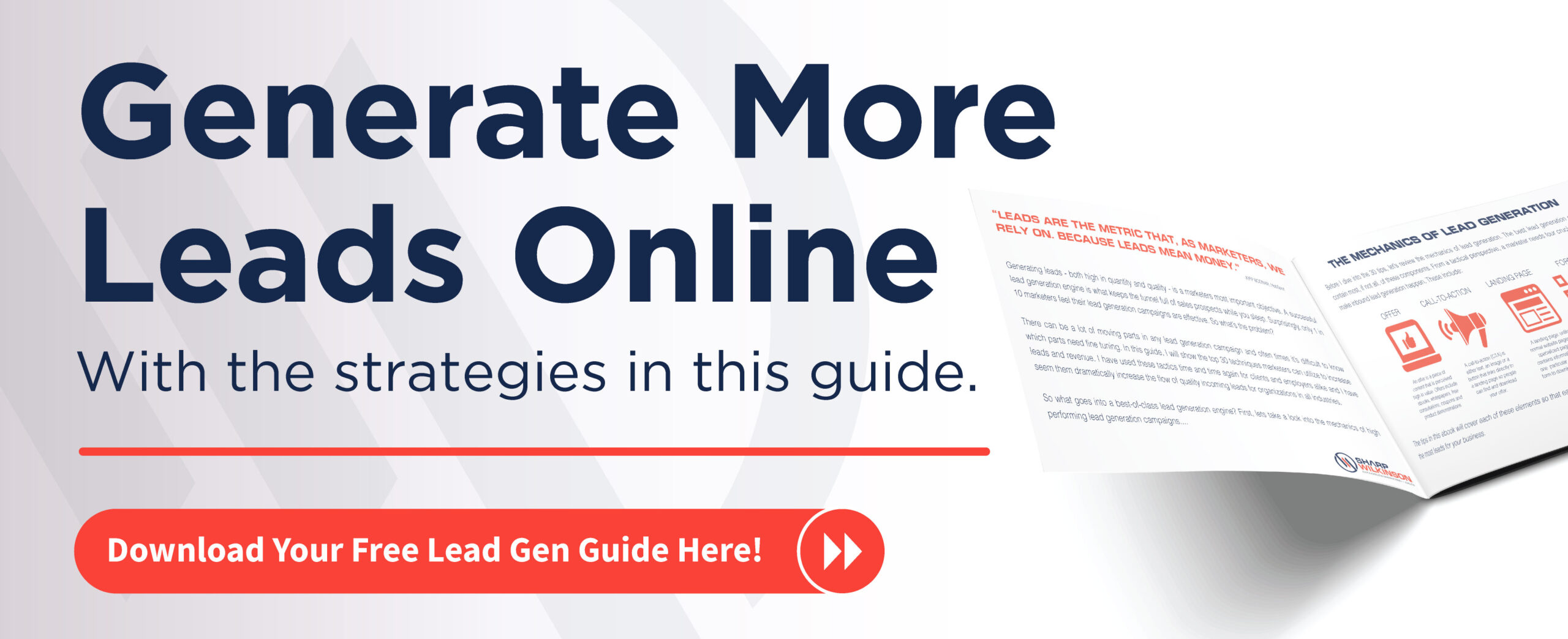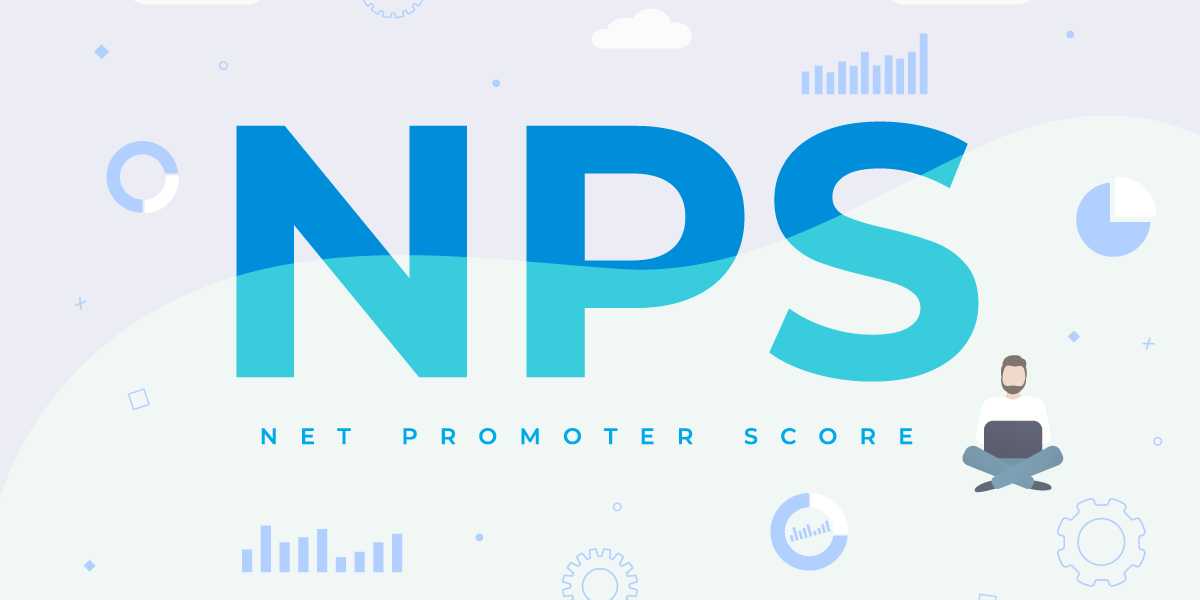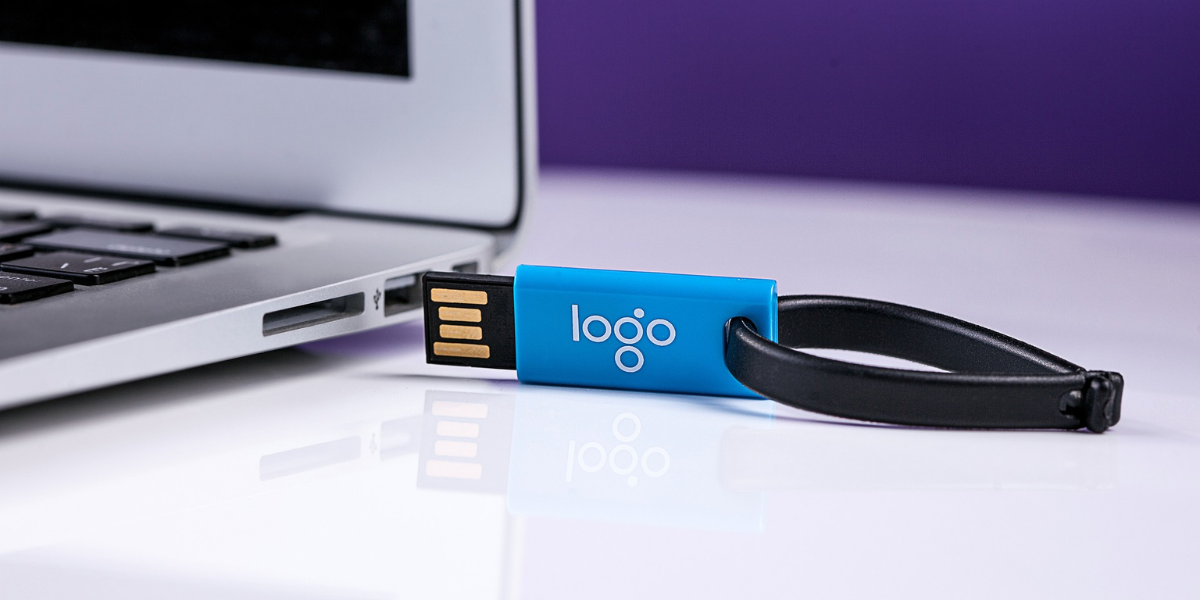Do you know how your brand is performing in the marketplace? How do you even measure the performance of your brand? The short answer: with a brand audit.
For your organization to stay innovative and grow, at regularly occurring intervals you must take a step back and assess how your brand is performing compared to your goals, plans, and challenges. You should also look at the wider landscape to determine how that performance positions you against your competition. This detailed analysis is called a brand audit. By periodically assessing your brand’s strengths and weaknesses, you can create a framework for smart decision-making and inform your organization’s long-term strategies.
How Important is Your Website? — View the Latest Statistics Here
By analyzing in detail the state of your brand and its position in the marketplace, you gain an understanding of what’s working for your brand and, more importantly, what’s not working. Brand audits analyze the visual and verbal identity of your brand and its deployment across relevant touch points and channels. The output of this effort is a detailed report outlining key insights and future strategies.
There are several schools of thought on the most effective ways to perform brand audits, but most agree that an audit should:
- Confirm differentiators, meaningful characteristics, and unique features of your brand
- Establish key metrics and benchmark your brand’s performance
- Assess strengths, weaknesses, opportunities, and threats
- Identify primary, secondary, and tertiary audiences who are exposed to your brand
- Accurately determine your brand’s position in the competitive landscape
To initiate this process, we suggest creating a discovery document that will house all of your brand data. List all of the information you intend to collect. Create lists of questions that need answered. Map out the path you will take to collect this information. When it comes time to schedule and conduct your surveys, keep in mind that there are several popular survey tools with which you can create and store your interviews. Plan your discussions with leadership, employees, clients, prospects, and vendors ahead of time so that your questions are consistent. This will ensure the data you collect and analyze at the end is actionable.
You’ll also want to complete a competitive analysis. Again, actionable data is what we are looking for — compare your reach, revenue, and brand awareness to your competitor so that you can make informed decisions when you build out your overarching marketing strategy.





